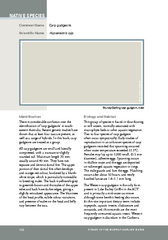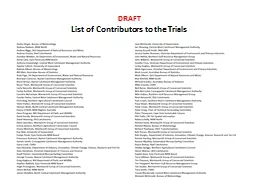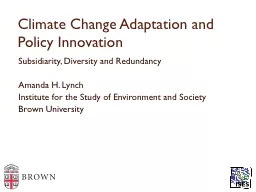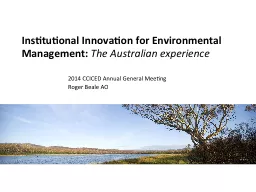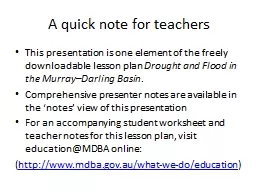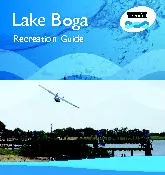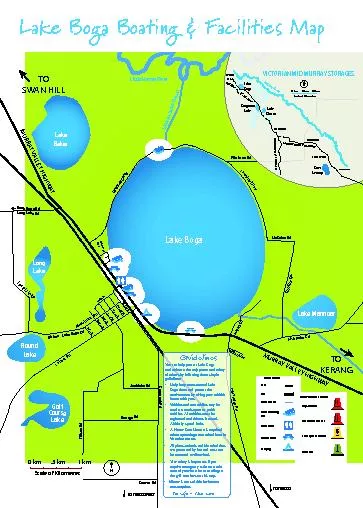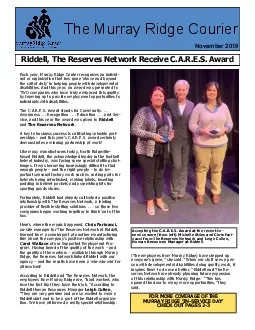PDF-THE MURRAY-DARLING BASIN
Author : karlyn-bohler | Published Date : 2015-11-13
122 122 THE MURRAYDARLING BASIN I slightlyforked tail Maximum 700 mm and nearly 9 kg usually 100 150 300 mm e head is large with a long blunt snout and small distinctively
Presentation Embed Code
Download Presentation
Download Presentation The PPT/PDF document "THE MURRAY-DARLING BASIN" is the property of its rightful owner. Permission is granted to download and print the materials on this website for personal, non-commercial use only, and to display it on your personal computer provided you do not modify the materials and that you retain all copyright notices contained in the materials. By downloading content from our website, you accept the terms of this agreement.
THE MURRAY-DARLING BASIN: Transcript
Download Rules Of Document
"THE MURRAY-DARLING BASIN"The content belongs to its owner. You may download and print it for personal use, without modification, and keep all copyright notices. By downloading, you agree to these terms.
Related Documents



